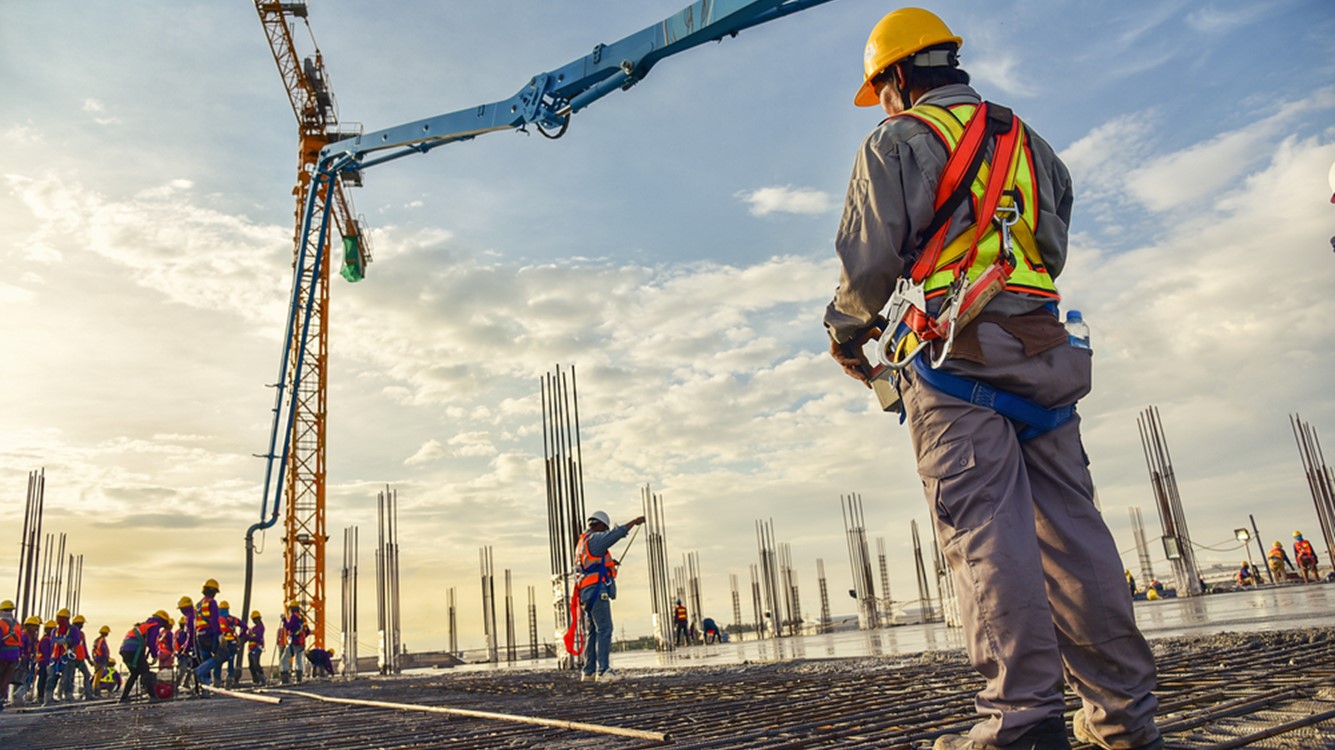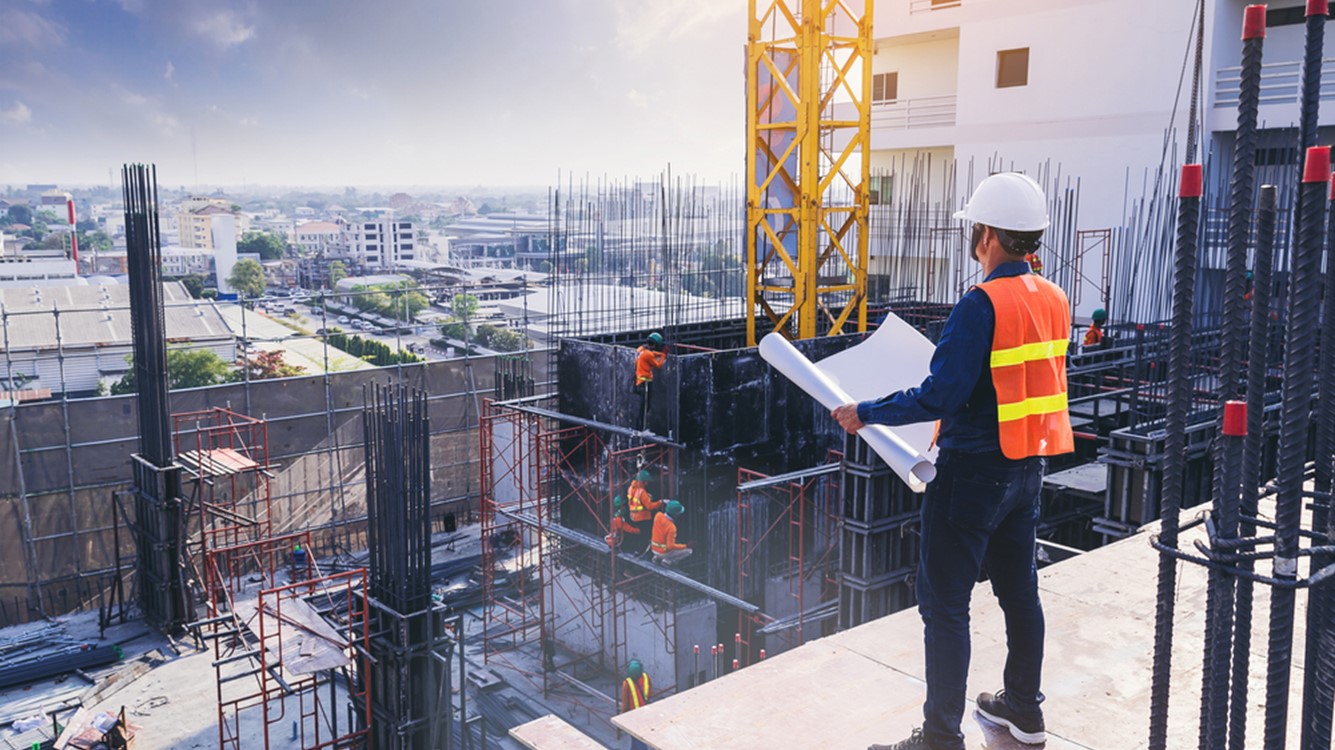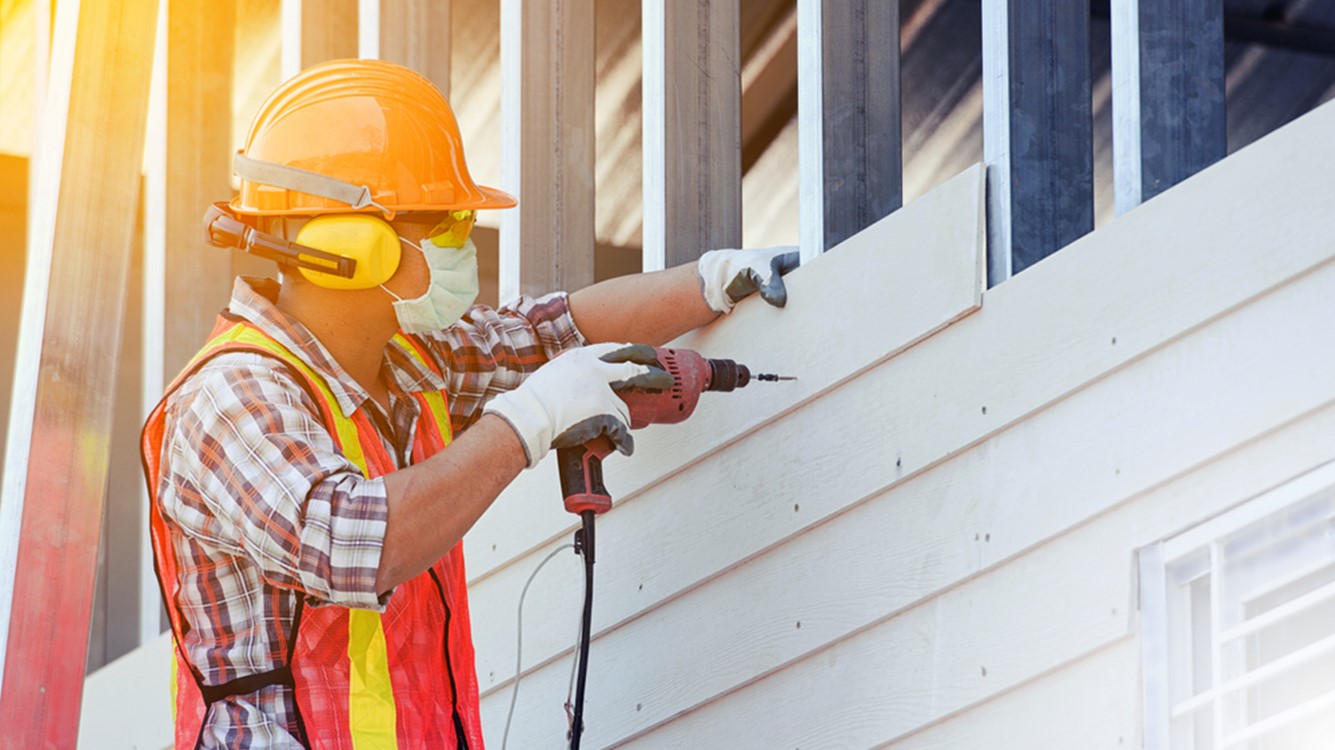Public sector spending eases
Uncertainty over future federal budgets, supply chain concerns, labor shortages and a still-high interest rate environment could mute construction activity.

June 3, 2024
Construction spending slipped 0.1% in April as March and February spending were revised significantly higher. Total spending is now 10% above year-ago levels. Both private and public sector spending fell in April. Inputs to construction industries, as measured by the producer price index, show costs have risen 2.1% from a year ago. Large price drops in inputs such as steel, plastics and lumber will be short-lived as new tariffs and tighter Buy America rules are expected to push costs higher.
Private residential construction spending eked out a 0.1% gain as growth in single-family home construction offset declines in multifamily construction. Builders have pivoted away from new apartments as nearly a million units are still to be completed. A surge of apartment supply has helped bring rents lower, but also creates a disincentive to developing new construction. According to the National Association of Home Builders, confidence in the multifamily market declined in the first quarter of this year due to higher interest rates and tighter lending conditions, even as occupancy remains strong. Strong demographics and high net migration are helping absorb much of the new supply coming on line, which in turn will mean rents are going to rise into the end of the year.
Single-family construction has softened in recent months as higher for longer interest rates are taking a bite out of builder margins and buyers’ confidence. Permits, which indicate future building plans, have fallen for three consecutive months. Even if a million new homes are completed in 2024 (the same pace as 2023 and 2022), it is not enough to make up for the significant shortage of housing we need to keep up with population growth. There is a limit to how quickly builders can ramp up in a high interest rate environment.
Private nonresidential construction spending fell 0.3% as many major components, including commercial, health care, educational and lodging spending pulled total activity lower. Manufacturing construction spending, which has been on a tear since the CHIPS and IRA funds were announced, grew another 0.9%. The strength is concentrated in manufacturing of computer, electric and electronics plants; prior to the pandemic, spending was averaging about $9 billion and now sits at $131 billion and growing. The expectation is for spending to further double in the coming years.
The boom in manufacturing investment is at risk due to the expiration of 2017’s tax cuts, which reset at the end of 2025. If next year’s Congress decides to renew or expand any of the $4 trillion in tax provisions, it could mean that funding for IRA and CHIPS would be on the chopping block. It is too soon to tell, but could be a headwind to growth and investment if it were to occur.
Public construction spending, a large portion of which is done by state and local governments, dropped 0.2% in April. Transportation, water supply and conservation and development were the only areas of spending that grew in April. Extreme weather events are picking up; this summer is expected to have an above-normal number of hurricanes, according to the National Oceanic and Atmospheric Administration (NOAA.) More spending would be required to prepare and fix our infrastructure.
The boom in manufacturing investment is at risk.
Yelena Maleyev, KPMG Senior Economist
Bottom Line
Demographic tailwinds and infrastructure support from federal funding provide a robust background for construction spending. Uncertainty over future federal budgets, supply chain concerns, labor shortages and a still-high interest rate environment could mute construction activity in the near term.
Explore more

Residential and nonresidential construction dragged in March
The concern is the slower glide path toward interest rate cuts.

KPMG Economics
A source for unbiased economic intelligence to help improve strategic decision-making.

March housing starts retreat
Builders continue to offer incentives to offset higher mortgage rates.
Subscribe to insights from KPMG Economics
KPMG Economics distributes a wide selection of insight and analysis to help businesses make informed decisions.
Meet our team

